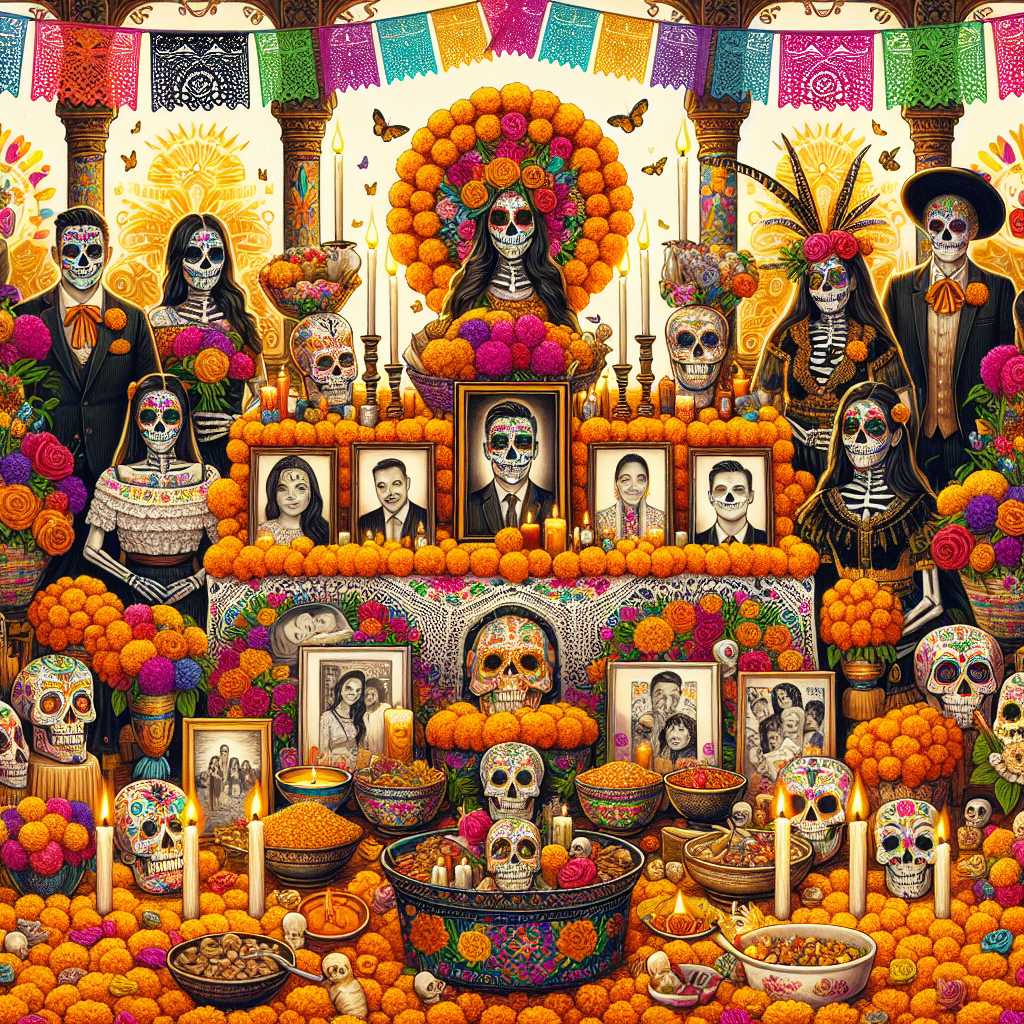Day of the Dead 2024: Understanding the Cultural Significance and Celebrations
The Day of the Dead, known in Spanish as Día de los Muertos, is a Mexican holiday celebrated from October 31 to November 2 each year. As the world increasingly becomes a global village, this celebration has caught international attention with many adopting its practices and appreciating its rich cultural importance. In 2024, Day of the Dead promises to draw attention yet again, steeped in centuries of tradition that blend Indigenous beliefs with Roman Catholic elements and continue to evolve with modern influences.
Historical Origins of the Day of the Dead
The traditions surrounding the Day of the Dead are ancient and many of them can be traced back to the indigenous peoples of Mexico such as the Aztec and Maya civilizations. These Mesoamerican cultures had specific calendars dedicated to commemorating the deceased. For instance, the Aztecs celebrated a month-long festivity in honor of Mictecacihuatl, known as the Lady of the Dead—the queen of the afterlife.
With the arrival of Spanish colonization and the introduction of Roman Catholicism came a fusion between these indigenous celebrations and Catholic observances such as All Saints’ Day and All Souls’ Day. The contemporary iteration of the Day of the Dead represents a syncretism between pre-Hispanic ceremonies and European-Christian religious rituals.
How is it Celebrated?
The Day of the Dead is marked through a burst of color, vibrant parades, personal tributes, and remembrance of loved ones who have passed away. Families create ornate altars (ofrendas) decorated with marigolds, photos of deceased relatives, candles, food, symbolic sugar skulls (calaveras), pan de muerto (bread of the dead), and trinkets that belonged to or remind them of their loved ones. These altars may be built in homes or at cemeteries where vigils are held.
Artistic Expressions in Day of the Dead Celebrations
Art plays a critical role during Día de los Muertos. Calaveras can be found in various forms – ranging from actual sugar skull candies to intricate skull art that adorns parade costumes and city murals. Face painting – commonly featuring skull imagery – allows participants to unite with the themes of mortality and celebrate life.
Modern Evolutions and International Impact
In recent years, initiatives to preserve traditional practices while accommodating new expressions have led to events like literary calaveritas—sarcastic tombstone epitaphs written in verse that provide humorous reflections on social issues or living personalities. The ubiquity of cultural representation across media platforms has also helped Day of the Dead motifs spread worldwide, inspiring themed events in non-Latin countries and contributing to economic opportunities for artisans creating authentic Día de los Muertos crafts.
